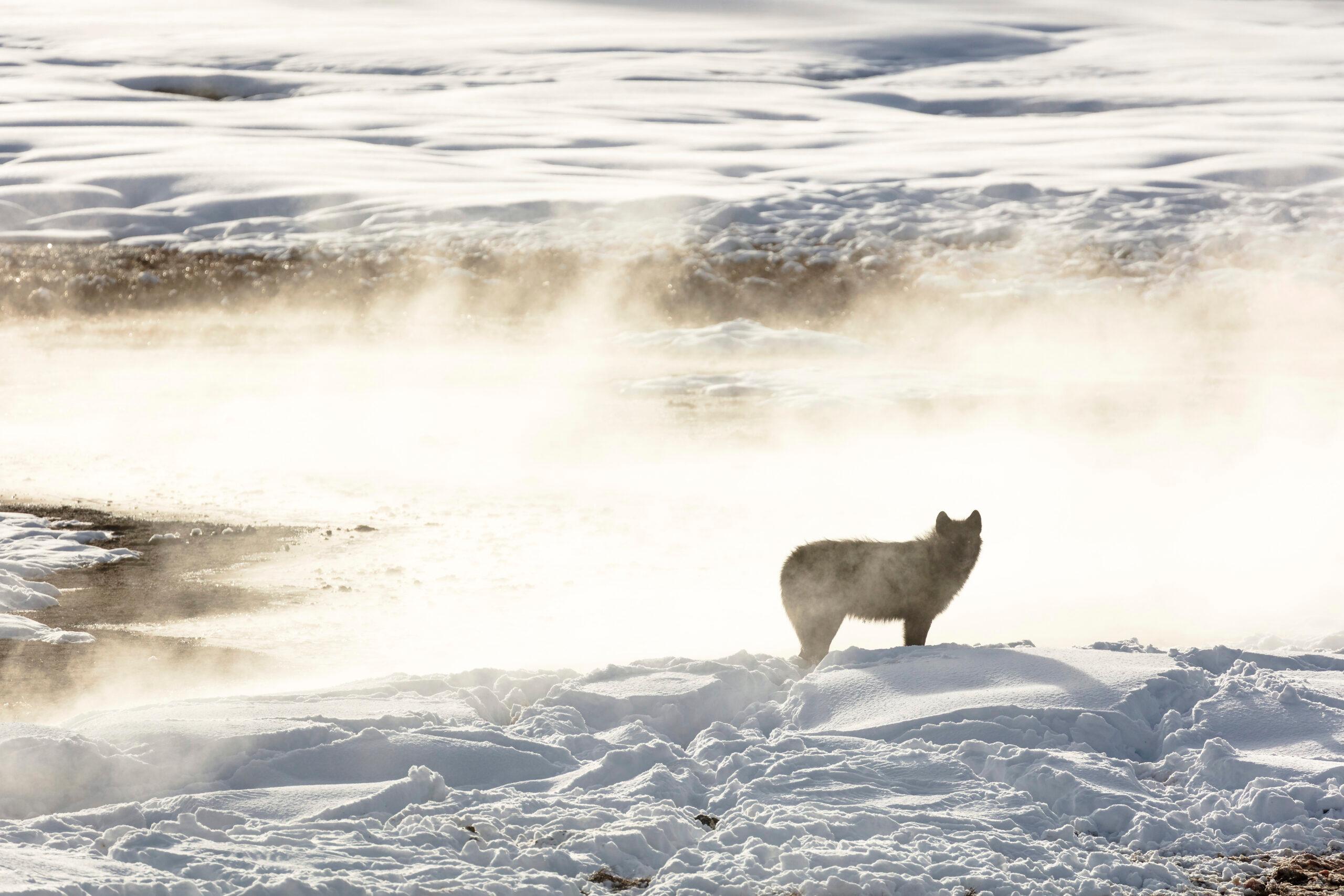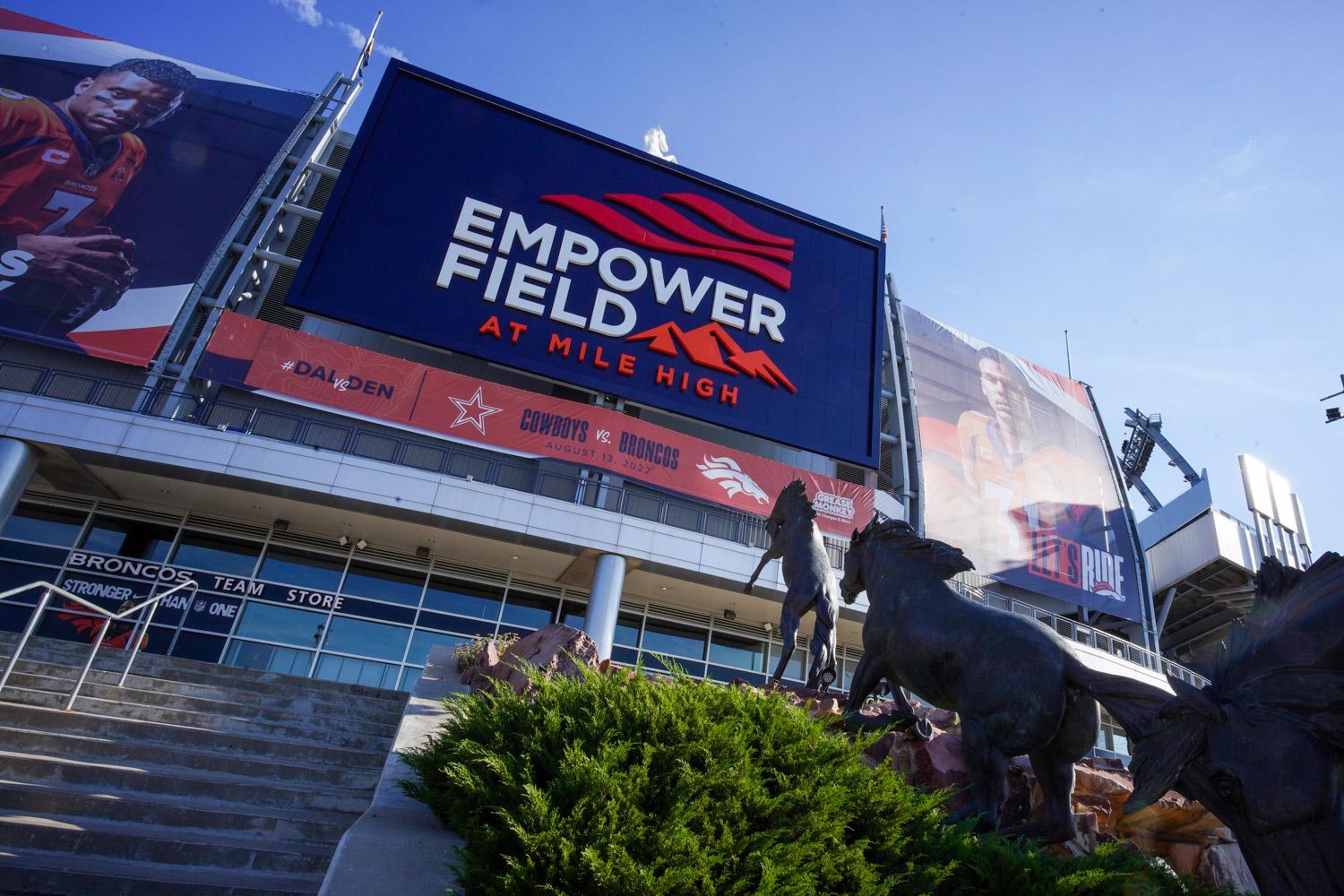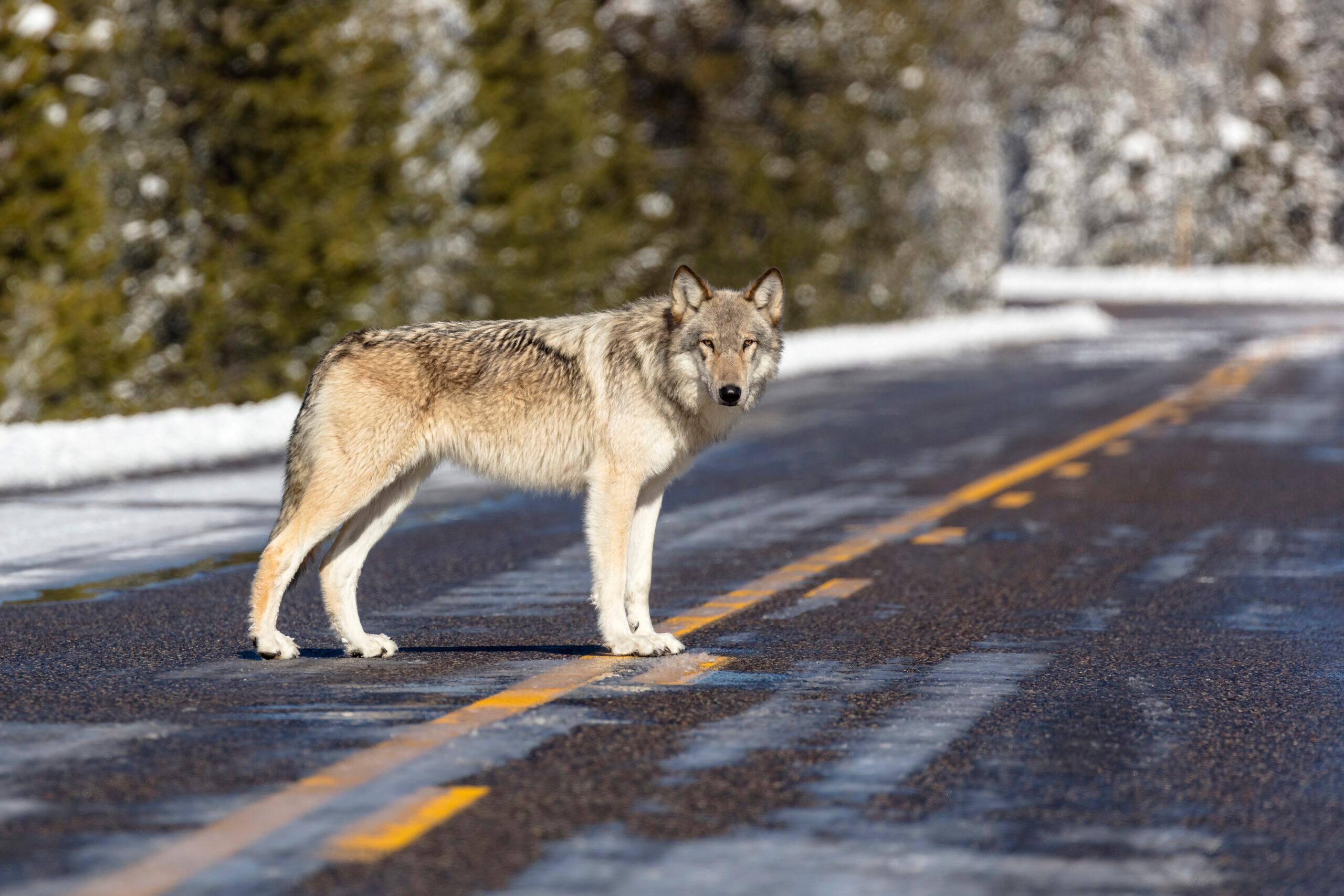
It's been more than two years since Colorado voters approved a ballot measure directing the state to reintroduce gray wolves.
The initiative itself was thick on ambition and thin on specifics. It ordered state wildlife managers to release wolves somewhere on Colorado's Western Slope by the end of 2023 and offer fair compensation for any livestock killed by the predators.
All other details fell to Colorado Parks and Wildlife. The agency has spent months holding nearly 50 public hearings across the state and gathered two citizen panels to offer policy advice — the Technical Working Group to offer scientific suggestions and the Stakeholder Working Group to consider the social impacts of wolf reintroduction.
Both groups recommend policies on a range of topics, including where the state should get wolves, how many should be released and how to compensate ranchers for lost livestock. Their reports are likely the best hints at what Colorado’s final wolf plan will look like, but the agency is under no obligation to follow them.
Wildlife officials are now set to release a first public draft of its wolf management plan on Dec. 9. Another set of public hearings will follow before the Colorado Parks and Wildlife Commission approves a final version in spring 2023. Wildlife officials have told commissioners they plan to release the first batch of wolves next winter — likely into the region surrounding Gunnison and Glenwood Springs.
Conservation advocates hope the plan will make Colorado a safe haven for wolves as other western states turn against the species. To meet that goal, Brian Kurzel, the Rocky Mountain regional director of the National Wildlife Federation and a member of the state’s Stakeholder Working Group, said Colorado needs a plan that considers the potential risks to rural communities.
"We know wolves will multiply in the right habitat, but if Colorado really wants to achieve wolf sustainability, it's critical to listen to people impacted by their presence and address those concerns upfront," Kurzel said.
With that in mind, here are six of the top questions the upcoming wolf plan will likely address and why they matter.
How many wolves will the state release?
The original ballot initiative doesn’t specify how many wolves Colorado should reintroduce or how many it should aim for in the long run.
In its final recommendations released in August, the Technical Working Group advised a "medium" reintroduction pace, which it defined as 10 to 15 wolves released each year for two to three years.
Mike Phillips, a former advisor for the reintroduction campaign and the director of the Turner Endangered Species Fund, served on the panel. He said Colorado should reintroduce wolves quickly enough to get the population off the ground but slowly enough to allow the state to track the animals and carefully study any impacts.
"The medium pace made the most sense to meet the requirements of the initiative — building viable population in a manner that works for Colorado," Phillips said.
Where will Colorado get its wolves?
The Technical Working Group recommended Colorado reintroduce wolves captured in Wyoming, Idaho, Montana, or some combination of the three northern Rocky Mountain states.
The panel noted those states have both large wolf populations and negative public attitudes toward the predators. That's led to aggressive hunting measures to reduce their numbers. In addition, the working group said those wolves have proven adept at hunting elk, the main prey species available in Colorado.
How long will the state continue to classify wolves as an endangered species?
To answer this question, it’s necessary to get into some complicated legal distinctions.
In Colorado, wolves are listed as both a federal and state endangered species. Under both laws, anyone who kills a wolf inside the state's borders faces a $100,000 fine, up to a year in prison and could see their hunting privileges revoked.
While the federal law currently trumps the Colorado protections, the state protections will probably matter more going forward. That's because the state has asked the U.S. Fish and Wildlife Service for a permit that would give Colorado Parks and Wildlife more control over the wolf population and the reintroduction process.
If Colorado gets the permit — known as a 10(j) permit — the state could loosen wolf protections over time. The Technical Working Group advised reclassifying wolves as a "threatened" species if the state counts more than 50 wolves over four successive winters, which would allow more lethal wolf management. If the known population reaches more than 200, the state could reconsider all protections.
A coalition of environmental groups objected to those benchmarks, prompting it to release its own wolf reintroduction plan in July.
Will state wildlife officials be able to kill "problem" wolves?
In its recommendations, the Technical Working Group noted lethal and non-lethal wolf management are "critically important tools" to minimize conflicts with livestock and people. It advised both should be available to Colorado Parks and Wildlife.
But the panel noted killing wolves likely has drawbacks. While it could help protect livestock, it might test public support for the state's wolf strategies and hurt the effort to build a sustainable population.
Prior to killing any wolves, the panel said the state should conduct a transparent process to investigate livestock deaths, educate the public and explore non-lethal alternatives.
Will the state allow regulated wolf hunts?
The possibility of permitted wolf hunting is a top concern for environmental groups.
In their alternative plan released in July, WildEarth Guardians and other environmental and conservation advocates demanded Colorado commit to always classifying gray wolves as a "non-game species,” which would block a public hunting program.
The state's working groups are agnostic on wolf hunts. In their final recommendations, the Stakeholder Advisory Group included a statement advising the state wildlife agency against taking any position on public hunting, saying the topic should only be considered if and when wolves achieve a sustainable population.
"Members are concerned that a decision on regulated public hunting in the planning process may overshadow other key elements of the plan and that it should not be decided at this time," the statement said.
How will ranchers be compensated for livestock losses?
Colorado maintains an existing program to pay ranchers the market value of any livestock lost to wolves and other wildlife.
In their meetings, the Stakeholder Advisory Group considered a menu of alternative compensation structures to pay ranchers for any additional costs of raising livestock near wolves. That could include problems like limited weight gain due to nearby predators or the cost of non-lethal control measures, like fencing or hazing.
Two ideas won the most support from the panel members. One would be to determine compensation by multiplying the value of lost animals by a certain ratio to cover additional costs. Other states already have similar programs. Washington state pays twice the total confirmed damages. Wyoming pays up to a ratio of 7 to 1.
Another plan would allow livestock producers to itemize financial losses and recover those costs from the state. That would provide an avenue for ranchers to claim the value of lost animals plus extra losses due to lower weight gain or lower conception rates.









